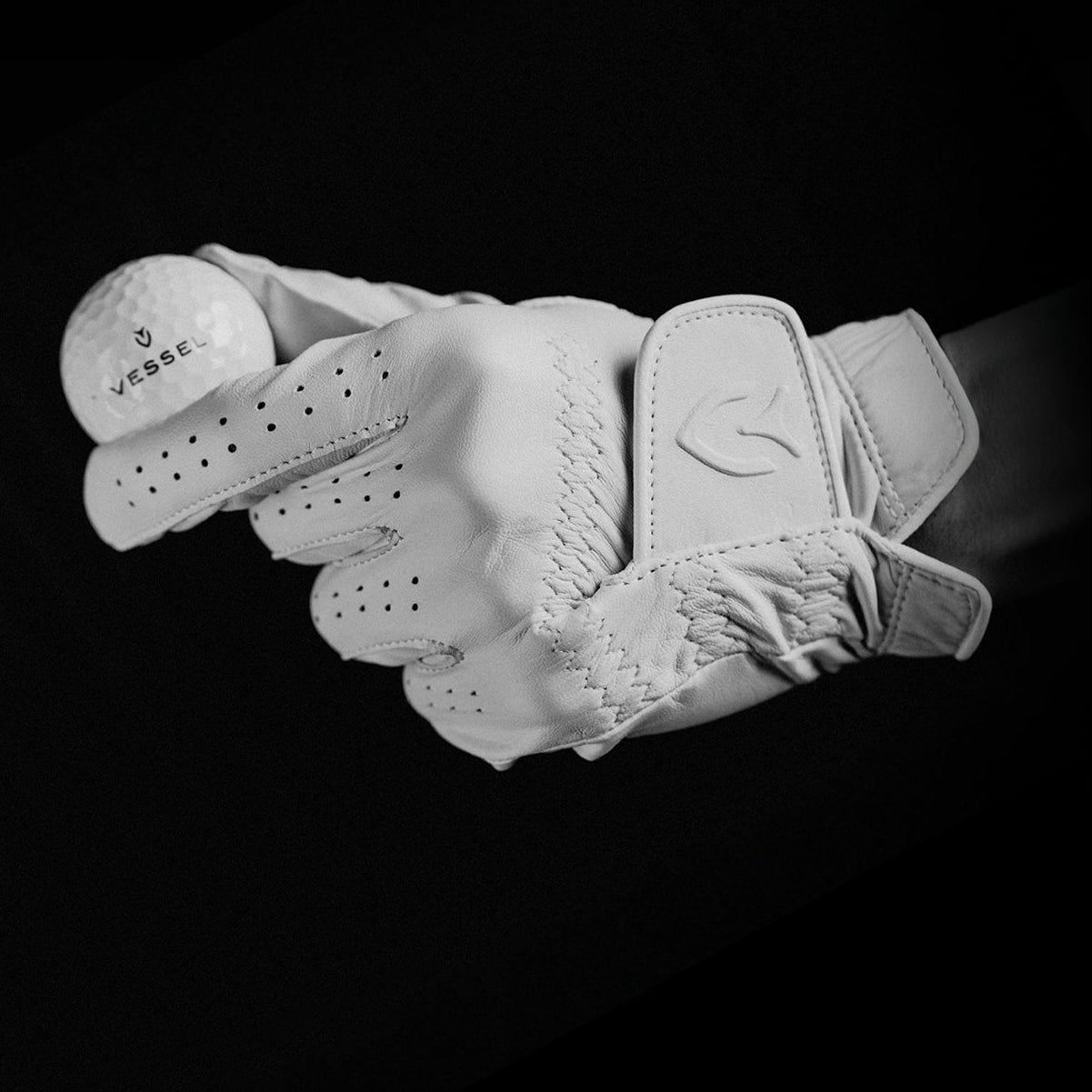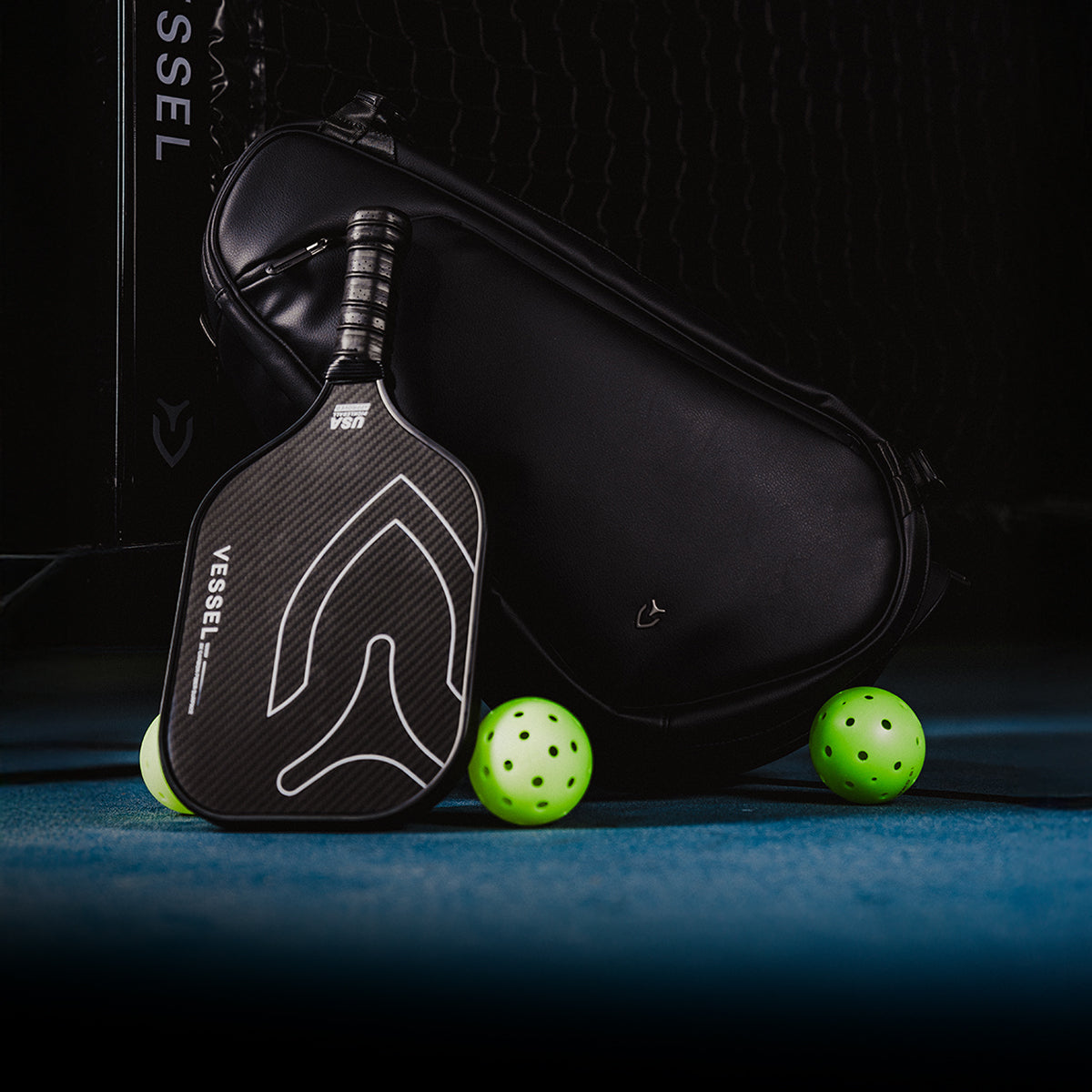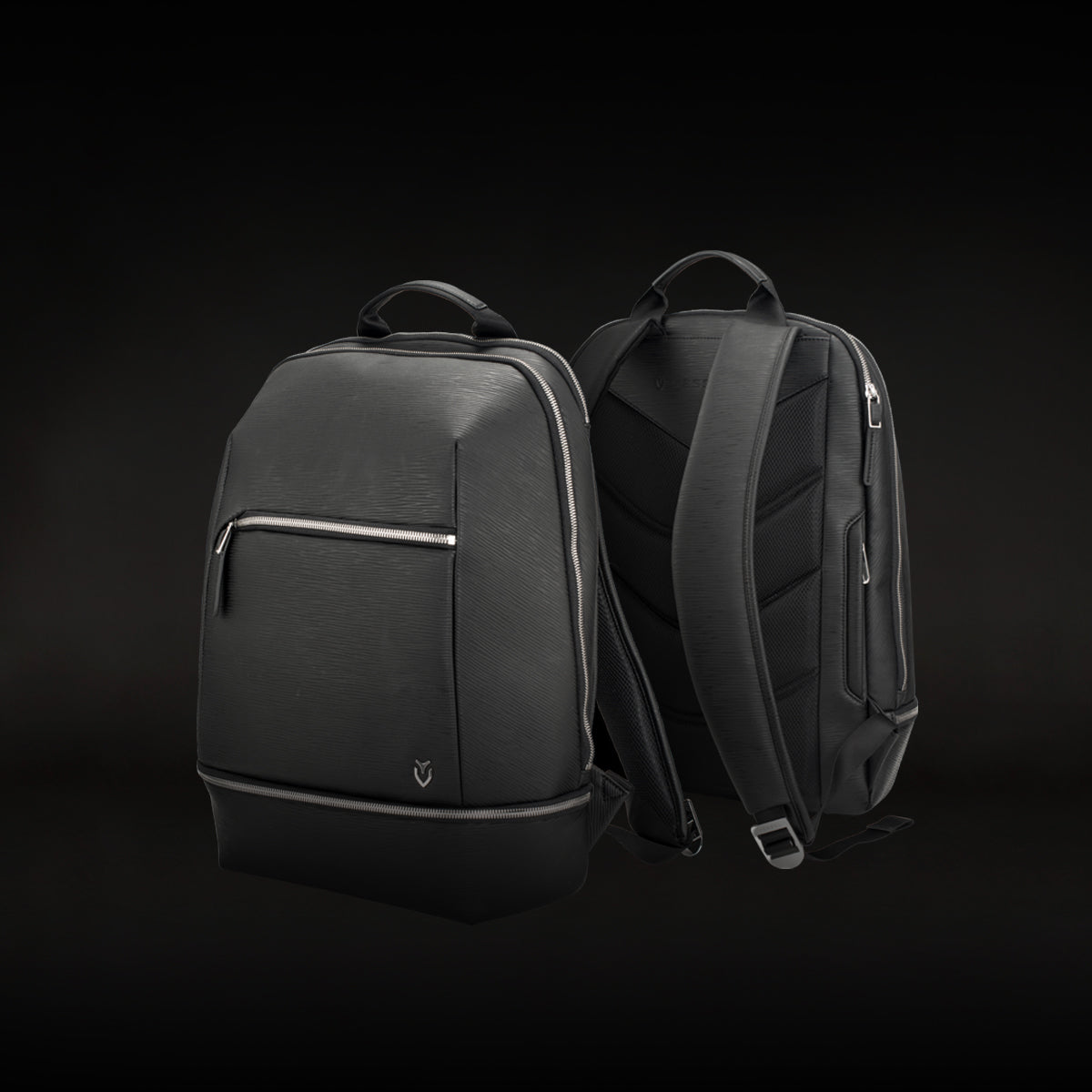

When you're standing on the tee box trying to pick the right club, those numbers stamped on each one aren't just random; they're actually telling you exactly how high and far your ball's going to fly. The point is: lower numbers like 3 or 4 mean less loft angle on the clubface, so you'll get those long, bullet-like shots that stay lower to the ground. Higher numbers? They've got more loft, sending your ball up into the sky like a rocket! Think of it this way a 3-iron might have around 20 degrees of loft, while your 9-iron's sitting at about 40 degrees. That's double the angle, which means your shot's going half the distance but twice as high. Pretty neat system, right? And here's something cool, even small changes in loft can make a huge difference, with just a few degrees affecting distance by several yards, which is why pros are so picky about their club specs. Wedges take this concept even further with the most loft of any clubs in your bag, perfect for those delicate approach shots that need to land softly and stop quickly on the green.
Standard Distance Ranges for Each Golf Club Type
Ever wondered why your buddy's 7-iron shot sails 150 yards while yours barely makes it 130? The important part is – golf club distances vary wildly between players. Your driver might reach 200-230 yards if you're a guy, or 175-200 if you're a woman. But watch a pro crush one over 290 yards, and you'll see the difference swing speed makes!
As you move down to mid-irons like your 5-iron, you're looking at 160-170 yards for men. Each club number typically drops your distance by about 10 yards. Your pitching wedge? That'll get you 85-110 yards for those vital approach shots. Meanwhile, seniors often see shorter distances – maybe 195 yards with a driver instead of 220. Don't sweat it, though; consistency beats distance every time. Weather plays a huge role too – strong winds can knock 20-30 yards off your usual carry distance. Remember, well-struck balls with optimal smash factor will always travel farther than poorly hit shots, regardless of your swing speed.
How Gender and Age Affect Golf Club Distances
Your stage of life and gender play bigger roles in your golf distances than you might think – and understanding these differences can totally change how you approach your game. The important point is: men typically hit about 30 yards farther with drivers than women – that's 230 yards versus 200 yards on average. Maturity takes its toll, too. If you're a senior golfer, you'll likely lose 10-20 yards compared to younger players with the same clubs.
Women over 70? You're looking at driver distances around 120-160 yards. But don't get discouraged! Interestingly, LPGA pros actually outdrive the average male club member by 36 yards, showing what proper technique can achieve. With iron play, the gap narrows as men average around 140 yards with their 7-iron while women typically reach 120 yards. Some female players actually outdrive male amateurs through better technique. The key is working with what you've got – whether that means adjusting your club selection, improving flexibility, or choosing equipment that matches your swing speed.
Professional Vs Amateur Golf Club Distance Comparisons

While you're working hard to improve your game, there's something you should know about those distance charts you see online – they're usually showing pro numbers that can feel pretty discouraging. PGA Tour pros smash drivers about 290-294 yards, but here's the reality: most male amateurs hit around 217-236 yards. That's a 55-77 yard gap! Your 7-iron probably goes 140 yards while pros launch it 170-190. For women golfers, the contrast is similar – LPGA Tour players drive 246-258 yards while average female golfers typically reach 150-200 yards.
The good news? You don't need pro distances to play great golf. Even scratch golfers – the best amateurs – drive about 15 yards shorter than pros. What really separates pros isn't just distance; it's their consistency. They maintain precise 10-15 yard gaps between clubs, while your distances might overlap sometimes. Russell Henley exemplifies this precision, hitting fairways over 71% of the time compared to most amateurs who struggle to reach 50%. Focus on your own improvement instead of comparing yourself to tour players.
Frequently Asked Questions
How Many Golf Clubs Are You Allowed to Carry in Your Bag?
You're allowed to carry a maximum of 14 clubs in your bag during a round. That's the official rule from the USGA and R&A, and it applies whether you're playing professionally or just for fun! You can start with fewer clubs and add more during your round, but once you hit 14, that's it. Go over the limit and you'll face penalty strokes – two per hole in stroke play.
What's the Difference Between Steel and Graphite Shafts for Distance?
You'll typically gain 5-15 yards with graphite shafts because they're lighter, letting you swing faster. Steel shafts are heavier, which means slower clubhead speed but better control. The point is: if you've got a slower swing, graphite's flexibility helps generate more distance. With a faster swing, steel's stability might work better, even if you sacrifice some yards. Your swing speed really determines which shaft gives you the best distance!
Should Beginners Start With a Full Set or Partial Set of Clubs?
You'll want to start with a partial set of 7-10 clubs if you're budget-conscious or feeling overwhelmed. It's cheaper, lighter to carry, and helps you perfect the basics without confusion. But the important point is - if you're serious about improving quickly and have the budget, grab a full set! You'll practice every shot type from day one, especially those vital short game shots that really drop your scores.
How Often Should Golf Clubs Be Replaced or Upgraded?
You'll typically replace drivers every 3-5 years, fairway woods and hybrids every 4-6 years, and irons every 5-6 years. The point is – wedges wear out fastest, needing replacement every 75-100 rounds! Watch for worn grooves, skymarks, or declining performance. If you're playing weekly, you'll replace clubs sooner than weekend warriors. Consider upgrading when new technology offers real benefits, not just because something's shiny and new.
Conclusion
Remember, these numbers aren't set in stone your swing speed, technique, and physical fitness all play huge roles. Don't stress if you're hitting shorter than the pros; focus on consistency instead. Track your own distances at the range, write them down, and you'll quickly figure out which club works best for each shot. That's how you'll actually improve your game.







